10 Most Popular Linux Distros
Many people are not familiar with Linux, which is understandable since most people are introduced to the Windows operating system from an early age. Even in schools, computers commonly use Windows as the standard operating system.
However, you need to note that Windows is a closed-source operating system, meaning its core code is owned exclusively by Microsoft. As a proprietary system, Windows can only be used legally by purchasing a license from Microsoft.
Similarly, macOS and iOS are also proprietary operating systems. However, unlike Windows, which can run on various devices, macOS and iOS are exclusive to Apple and can only be used on Apple-made devices.
Linux, on the other hand, is a kernel that acts as a bridge between hardware and software. It was created by Linus Torvalds, a Finnish developer, who built the Linux kernel in 1991 based on the Unix operating system.
In 1983, a free operating system called GNU was introduced. Two years later, in 1985, Richard Stallman founded the Free Software Foundation (FSF) to support the development of free and open-source operating systems.
GNU itself did not yet have a kernel. However, because GNU was designed as a project to develop a complete operating system, its structure allowed a kernel to be integrated later. This initiative became known as the GNU Project.
When Linux was introduced in 1991, it was combined with GNU, resulting in the term GNU/Linux, which more accurately describes the operating system as a whole. The term "Linux" alone refers specifically to the kernel, whereas GNU/Linux represents the complete open-source operating system.
Why is this distinction important? Because Linux is just a kernel, it is not exclusive to GNU. In fact, Linux is also the kernel used in the development of Android, the world's most popular mobile operating system. However, because Android does not incorporate GNU components, it is referred to as Android/Linux, rather than GNU/Linux.
From the definition of Linux, it is clear that what is commonly referred to as a Linux distributed operating system is actually GNU/Linux. This operating system is copyrighted by Linus Torvalds under the support of the GNU Project and the Free Software Foundation (FSF).
With FSF's support, GNU/Linux became an open-source operating system that was widely distributed. This led to the creation of what is known as a distro, short for GNU/Linux distribution.
While these distributions are developed by different communities and organizations, they all originate from the same core system: GNU/Linux. Many distros are further modified and developed into new variations. In general, most GNU/Linux distros are free to use, but some are sold commercially because they offer premium features and additional support.
So, what are the most popular Linux distributions available today? There are many, but in this review, we will focus on 10 of the most widely used and recognized distros. Let’s take a look at the list below!
1. Linux Mint

One of the most popular and well-loved Linux distributions is Linux Mint. Based on Ubuntu and Debian, this distro offers a simple and accessible interface, making it easy to use. Since it is built on Ubuntu, Linux Mint also benefits from Ubuntu’s extensive software repository.
Linux Mint comes with three desktop environments: MATE, Cinnamon, and Xfce. Each of these options provides a user-friendly experience, especially for beginners. The interface and navigation are similar to Windows, making it easier for Windows users to adapt when switching to Linux Mint.
Additionally, Linux Mint is known for its stability, innovative features, and smooth user experience. With a large and active community, users can find plenty of support, making it an excellent choice for both new and experienced Linux users.
2. Ubuntu

When people think of Linux distributions, Ubuntu is often the first name that comes to mind. In fact, when searching for anything related to Linux, Ubuntu frequently appears at the top of the results.
Developed by Canonical Ltd., a company based in South Africa, the name Ubuntu was chosen because it means "humanity". This reflects its goal of being an accessible and user-friendly Linux distribution.
Ubuntu is widely recognized for its stability, extensive software support, and large user community. These factors make it one of the most popular and beginner-friendly Linux distributions available today.
3. MX Linux
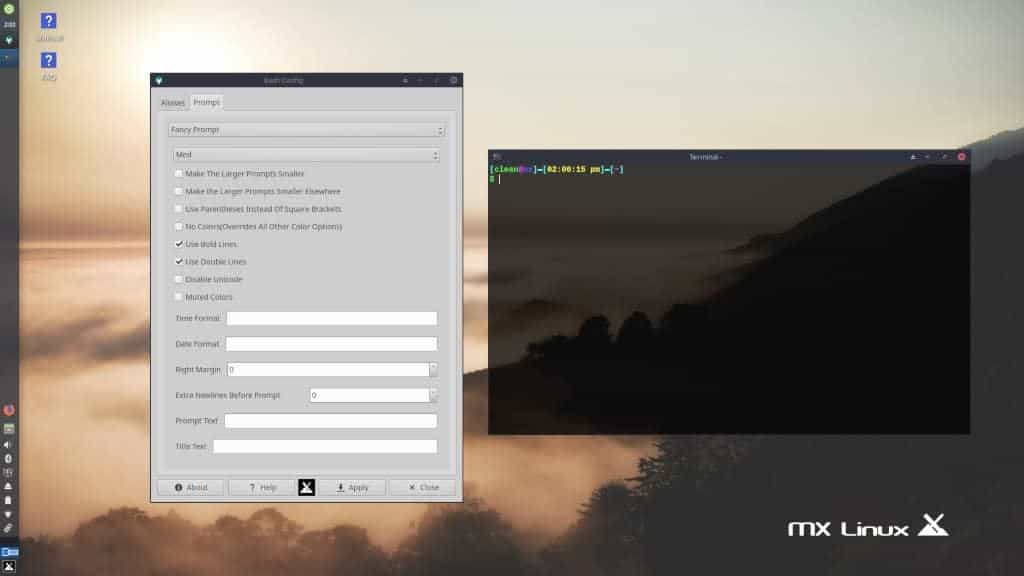
If you need a lightweight and efficient Linux distribution, MX Linux is an excellent choice. This distro is designed to be resource-friendly, making it ideal for computers with low specifications while still offering a modern and elegant interface.
MX Linux provides easy-to-configure system features and delivers reliable performance, making it a great option for both new and experienced users.
Because it runs well on older hardware, MX Linux has gained popularity among users with low-end or aging computers. Additionally, its beginner-friendly interface ensures a smooth and accessible user experience for those new to Linux.
4. Fedora
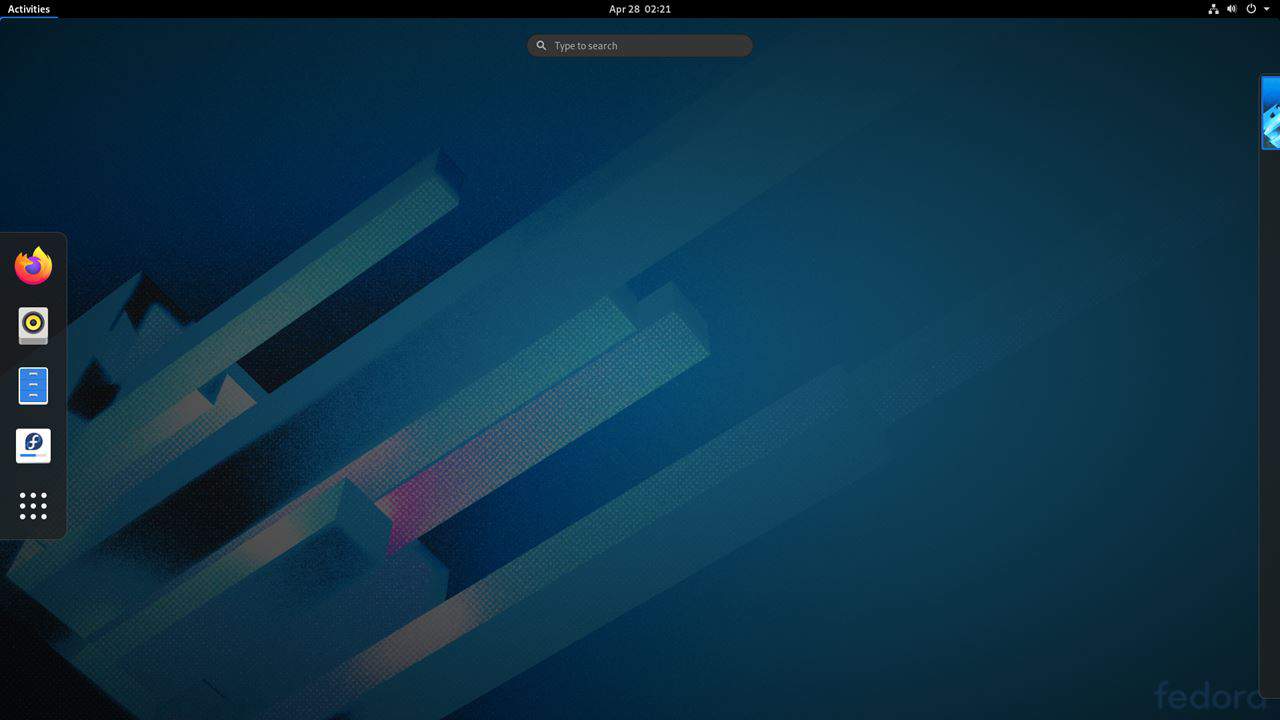
Fedora is a Linux distribution known for its strong data security features. One of its key security components is SELinux (Security-Enhanced Linux), which acts as an additional security layer between user operations and system processes.
Developed and supported by Red Hat, Fedora is managed by a dedicated team called the Fedora Project. Thanks to Red Hat’s backing, Fedora uses the RPM Package Manager, just like Red Hat, ensuring compatibility and a stable software ecosystem.
5. Debian
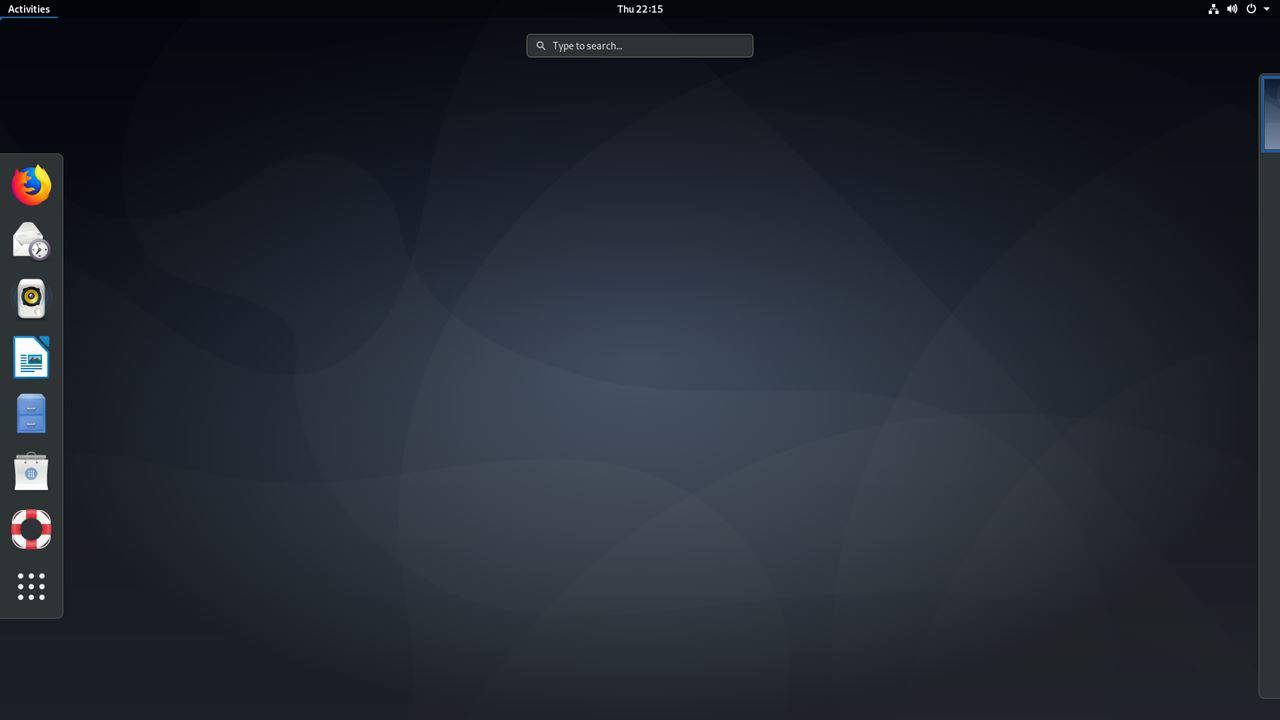
Debian is widely regarded as one of the most popular and best Linux distributions. One key reason is its extensive use in the programming world, making it a favorite among professional developers.
Beyond that, Debian serves as the foundation for many other Linux distributions. In fact, several Debian-based distros, such as Ubuntu and Linux Mint, have become even more popular than Debian itself.
Because of its robust and technical nature, Debian is less commonly used by beginners. Instead, newcomers often prefer user-friendly Debian-based distros like Linux Mint, which offer a more accessible experience.
6. Elementary OS
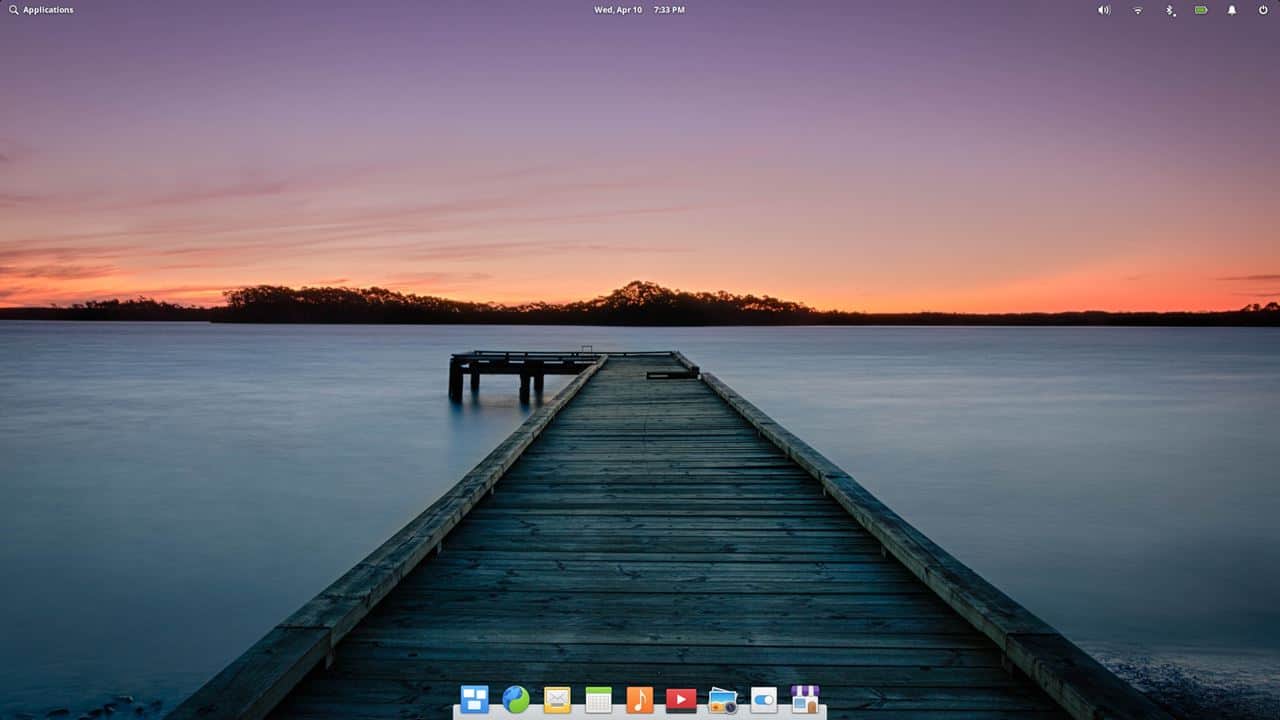
If you're looking for a Linux distribution with a sleek and elegant desktop interface, Elementary OS is the perfect choice. Based on Ubuntu, this distro offers a unique user experience compared to other Linux distributions.
What makes Elementary OS stand out? Its interface is both lightweight and visually appealing, designed with a macOS-like approach. This makes it an excellent option for users who prefer a modern and stylish desktop environment.
Another advantage of Elementary OS is its lightweight performance, making it a great choice for those who want a beautiful yet efficient Linux distro.
7. Zorin
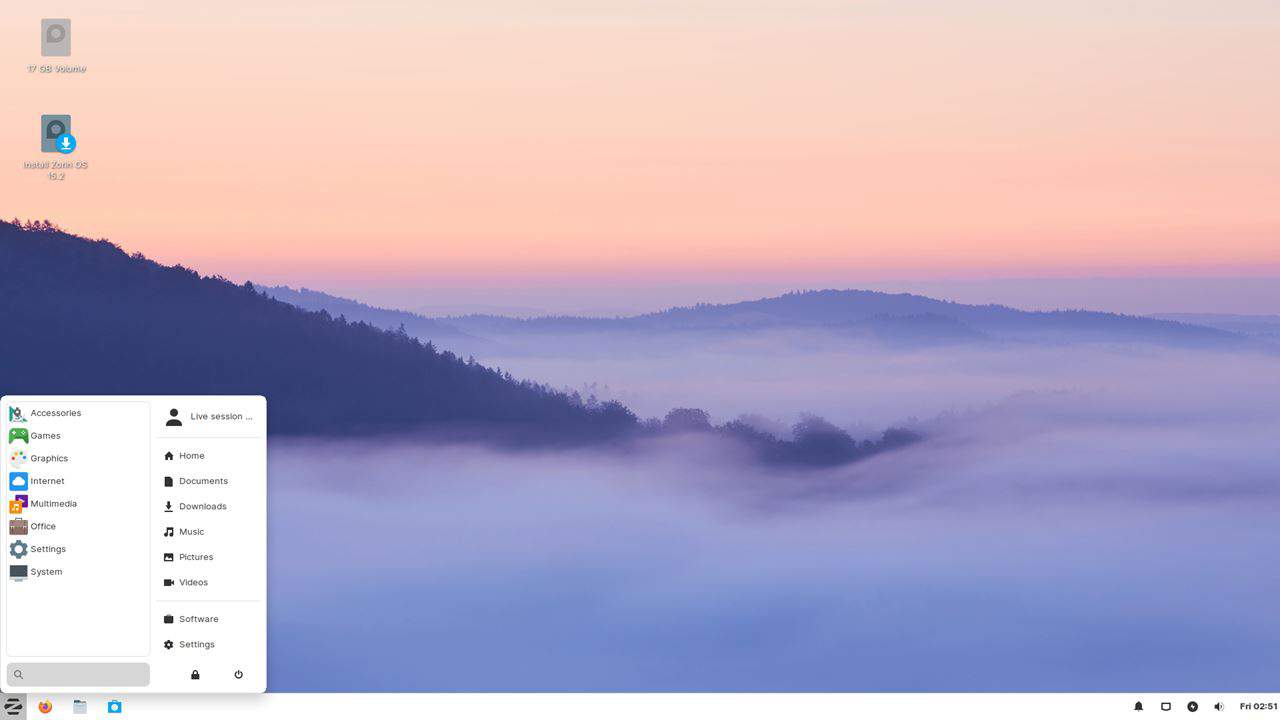
Zorin OS is an excellent Linux distribution for beginners, especially for those who want a Windows-like experience. This is because the entire user interface closely resembles Windows, making it easier for Windows users to transition to Linux.
Zorin OS also comes with several useful features, including built-in support for Wine (a Windows program emulator) and PlayOnLinux, which allows users to run various Windows applications and games.
From our experience using Zorin OS, the navigation and interface do feel similar to Windows, though with some differences. While it’s not an exact replica, the familiarity makes it a great choice for new Linux users.
8. Kali

If you're looking for a Linux distro focused on security, Kali Linux could be the right one. This distribution comes with powerful security tools, including features for penetration testing, vulnerability assessment, and wireless network security.
Built on Debian, Kali Linux is widely used by ethical hackers and cybersecurity professionals for various security-related tasks. It also benefits from a robust repository integrated with Debian, ensuring access to a vast collection of software packages.
Moreover, Kali Linux boasts strong community support, making it a reliable and well-maintained choice for security experts and enthusiasts alike.
9. CentOS

CentOS is a Linux distribution derived from Red Hat, making it fully compatible with Red Hat systems. This distro is particularly well-suited for long-term use, especially in production environments. Additionally, CentOS benefits from an active development community that continuously supports and improves the system.
One of CentOS's strengths is its user-friendly software packages, making it easier for users to install and manage applications. However, CentOS is primarily designed for enterprises and businesses, making it less suitable for beginners or casual users.
10. SteamOS

There are several reasons why some people hesitate to use Linux, one of the most common being the limited availability of games. However, this has changed significantly, as many games are now compatible with Linux.
To address this concern, a Linux distro specifically designed for gaming was developed, SteamOS. This distribution was created by Valve, the company behind the Steam online game platform and several popular video games.
SteamOS offers several advantages, including built-in Steam Store support, optimized gaming performance, and enhanced hardware compatibility for running games smoothly.
That concludes our list of the 10 most popular Linux distros. Of course, many other Linux distributions exist beyond those mentioned. Some notable ones include Red Hat, Manjaro, OpenSUSE, Ubermix, and more.
